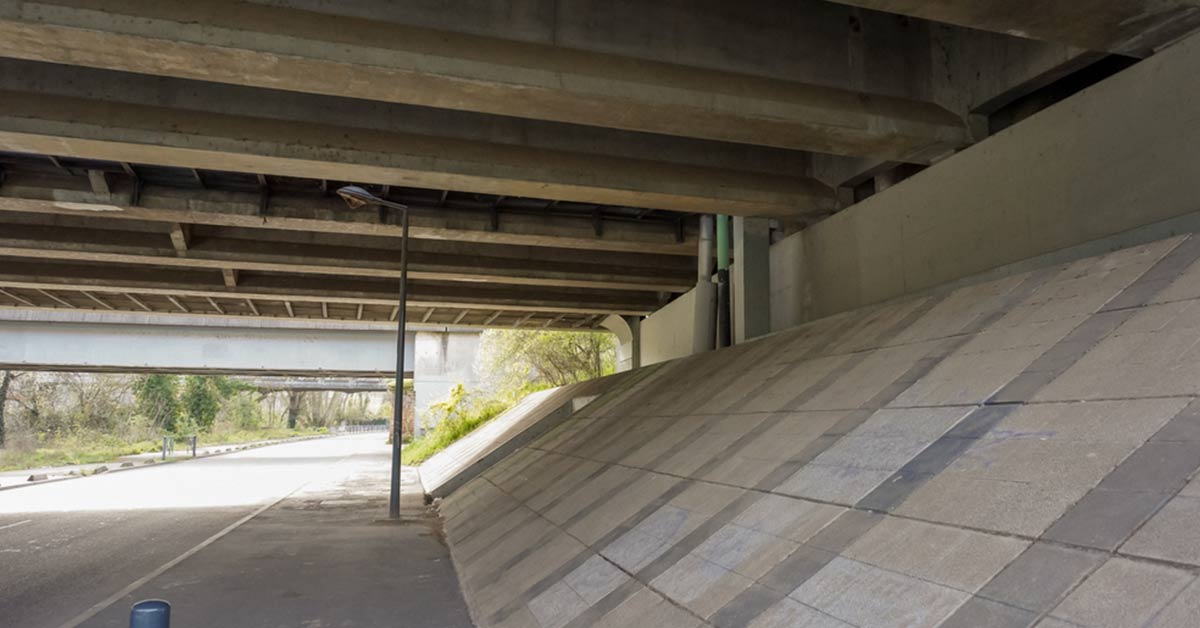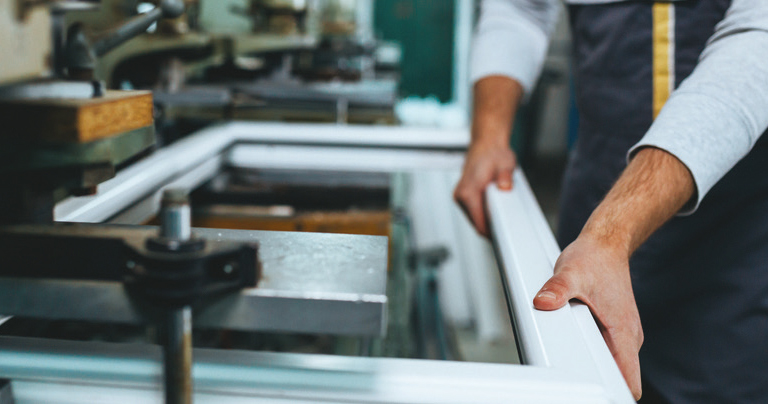Rapid construction: A key to India’s revival
By Edit Team | February 9, 2021 7:37 pm SHARE

After a lacklustre 2020, Indian construction and infrastructure sector is all set to bounce back with renewed vigour and hope.
Indian construction sector faced a challenging 2020 as the coronavirus pandemic slowed down the momentum and growth. But things are slowly improving as the economy is opening up and in the Union Budget presented by Finance Minister Nirmala Sitharaman, construction and infrastructure sector have been at the forefront of government’s agenda to revive India’s growth story. The year 2021 will also see technological advancements reaching new heights to enable the rapid rise in construction projects.
Yogesh Joshi, Sr. Vice President – Technical, Patel Infrastructure Ltd, believes the next 10 years will be golden for the construction and infrastructure sector. Yogesh says, “From 2021 onwards, the next 10 years will be a golden period for the construction and infrastructure sector. In 2020 too, the government allocated the requisite amount of money for the development of roads, highways and associated infrastructure, however, owing to Covid-19, a slowdown was experienced. Having said that we are now witnessing a return to normalcy. We wish that the Central Government steps in and creates a single-window clearance for various clearances required for mining, quarrying, building Road Over Bridges (ROB) etc. The hydrological and land survey records which are a part and parcel of the projects should also be a part of these clearances. The government should also intervene to create a State level Support Agreement to boost the Build–operate–transfer (BOT), Build, Own, Operate, and Transfer (BOOT), Design-Build-Finance-Operate Transfer (DBFOT) projects etc. In these projects, contractors are also becoming financiers for the projects.”
Voicing a similar opinion Sandeep Mathur, India CE – Brand Leader, Case India, says, “The year 2020 was a tough year for all the sectors and economies. However, announcements post-mid-year helped the sector in getting back its momentum. For 2021, the Government of India has proclaimed a multitude of announcements and new projects in the budget. The government has added around 7,400 new projects which will ensure a better year for the infrastructure sector as well as for the construction equipment industry. More highway projects have been awarded in Tamil Nadu, Kerala, West Bengal and Assam and all these will give a much-needed boost to the sector. Further, an announcement of introduction of the Development Finance Institution providing Rs 20,000 crore have been made to launch the National Asset Monetization Pipeline and fund new infra projects. Hence, the prospects of this year are positive for the CE sector.
Precast Concrete Technology – Gaining momentum for timely completion
When we talk about construction and infrastructure, it’s not only limited to the construction of roads and highways but it also includes construction of buildings and projects, all of which are deadline driven. Keeping the timelines in mind, in recent times, the demand for using precast concrete technology in construction of buildings and associated infrastructure across the country has gained ground. The technology offers many benefits such as design efficiency, durability, cost-efficiency, aesthetics besides which it is quite maintenance-friendly.
The selection of precast technology is vital when it comes to using it for a project. It requires attention to detail and is a methodical process. CA Prasad, President, Pre-engineered structures society of India (PSI), gives his expert opinion on the topic. Prasad says, “For a small building, precast is not ideal. When we talk about the gated community consisting of 50 residential buildings or so then precast technology is quite apt. While using precast, one should go for the largest spans and preferably use load bearing precast walls. We have built around 3,00,000 durable houses apart from gated communities These buildings built using precast are durable and no maintenance is required.”
Precast makes way for better quality, control, durability and quality
When it comes to precast structure, durability and quality also play a crucial role in the precast structure. Prasad further adds, “Precast as a form of construction should have a minimum of M30 grade concrete while drilling the walls. And for hollow cost slabs, it has to be minimum of M45 grade concrete. Another important factor while making a precast structure is that there shouldn’t be any leakage, consultants and
precast companies should adhere to all the guidelines. There are also jobs available in the market for precast engineers, who are technically sound and know the precast construction processes.”
Another important factor regarding precast structures is its lifespan and adapting precast technology plays a huge role. Shridhar Rao, Sales Head India, Elematic India Pvt Ltd, says, “The Nordic and other European countries are adopting precast technology fully for the construction of their buildings. Nordic countries are constituting 30-35 per cent of their buildings using precast because you are making concrete at off site construction. It gives the best quality; it gives control of raw material you are using and provides durability. Today, precast buildings give the highest quality and longer life up to 100 years.”
A few words of caution
Shridhar points out the precautions developers should take while making precast buildings. He says, “A developer either sells the project or gets a leave rental so reputation and money are crucial factors when it comes to business. A developer who is leasing the project is mainly concerned with the speed of the project because he wants a return on his capital. Technology forms a small part of his investment when you look at the entire project. When the developer is trying to handover the project to the client then his (developer’s) reputation is at stake and any leakage or construction issue should be dealt with using the best of technological software.”
The Russian Complex is Bhilai – A sustainable building using precast
Sustainable and green buildings are the need of the hour. Precast structures can complement the idea of green and sustainable buildings and they are quite durable. Sandeep Sharma, General Manager – Sales & Marketing, StruEngineers (India) Pvt Ltd agrees with this point and says, “In terms of durability, in 1950, India had its first precast building which was gifted by Russia but unfortunately during that time we didn’t have the right skill set. I have personally visited Bhilai Steel Plant (Chhattisgarh), which was set up by Russians and for their people working on the project, Russians executed a housing project and they are still standing beautifully. It is now called as Russian Complex.
Apart from being cost effective and aiding the use of reduced labour, precast helps in reducing carbon emission as well. However it must be noted that It requires a detailed approach to maintain the sustainability of precast. Looking at the contemporary scenarios in the reign of Indian construction and infrastructure, the use of precast technology is here to stay, the success of this novel technology also needs to be aided by implementing proper legislatures, policies and plans on the ground to usher a new era for India.”
Cookie Consent
We use cookies to personalize your experience. By continuing to visit this website you agree to our Terms & Conditions, Privacy Policy and Cookie Policy.




































-20240213125207.png)

























